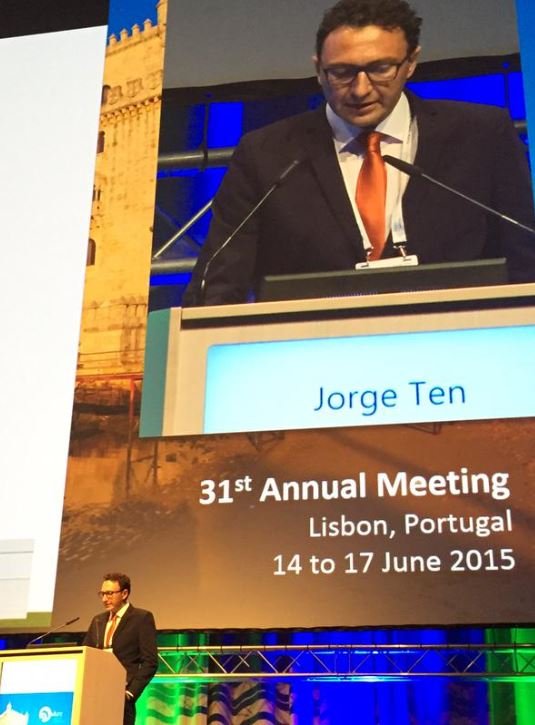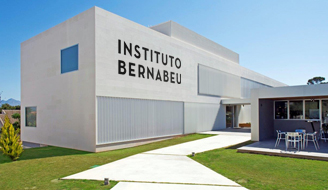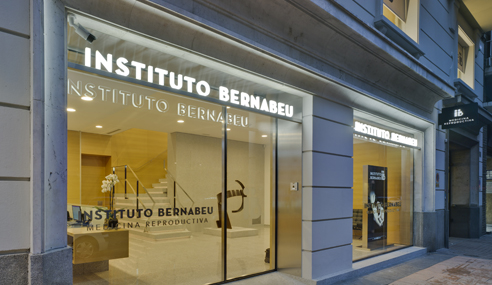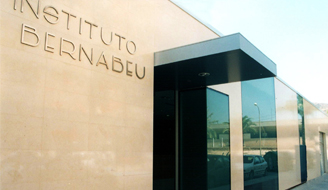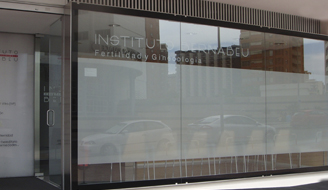Study on the most appropriate time for carrying out embryo biopsy. IB research work accepted for oral presentation in the European Society of Human Reproduction and Embryology Annual Meeting (ESHRE)
Embryo biopsy for pre-implantation genetic diagnosis (PGD) and/or comprehensive chromosome screening (CCS) has traditionally been carried out during day 3 of embryo development. However, further to recently published research, this biopsy procedure is nowadays considered potentially harming to the embryo. This is mainly due to the risk of incorrect diagnosis as a result of the phenomenon of mosaicism and the fact that the embryo is subjected to an aggressive procedure in undergoing biopsy which drastically reduces its chances of implanting. A biopsy procedure on trophectoderm cells when the embryo is at blastocyst stage, on the other hand, opens up the possibility of obtaining several cells from the embryo without any apparent damage being done. Obtaining more cells allows for more precise genetic diagnosis using the comparative genomic hybridisation (array CGH) technique.
However, there is insufficient information to determine how many cells may be extracted without clinical results being affected. Whilst it is not recommended that more than 10 cells be removed, in many cases the technique itself makes this difficult. It is for this reason that we set out to determine if the number of cells removed from the blastocyst might affect clinical results in patients who carried out comprehensive chromosome screening (CCS) in Instituto Bernabeu.
The clinical results of 161 embryos categorised as chromosomally normal following biopsy in blastocyst stage and diagnosis using array CGH and which were transferred to 98 patients, were included in this study.
The number of extracted cells did not affect embryo implantation and gestation. However, when over 10 cells were subjected to biopsy, first trimester miscarriage increased from 6.3% (group with under 10 cells) to 25%.
The results obtained in this preliminary study confirm that cells which lead to placenta and extra-embryonic tissues (trophectoderm cells) play a crucial role in sustaining early stages of embryo development. A biopsy on more than 10 cells during the blastocyst stage can prove damaging - perhaps not in terms of embryo implantation, but certainly in terms of posterior development.
This study, one of 10 pieces of research work carried out in Instituto Bernabeu and accepted by the European Society of Human Reproduction and Embryology (ESHRE) scientific committee for the Annual Meeting which will take place in Lisbon in June, has been selected for oral presentation.
"Number of trophoectoderm cells removed for biopsy is correlated with first trimester miscarriage" J. Ten, A. Rodríguez-Arnedo, M.C. Díaz, H. Blanca, J. Guerrero, B. Lledó, B. Moliner, F. Sellers, A. Bernabeu, J. Llácer, R. Bernabeu. Oral Presentation.
